As the youth vaping crisis continues, school toilets have become ground zero. For many pupils, the bathroom is the go to place to vape during the school day - out of sight, unsupervised and often unchallenged.
In response, a growing number of schools are installing vape detectors to monitor these hotspots. But do they really work in bathrooms? What does the evidence say? And how can schools ensure they are used effectively?
Here is what school leaders need to know.
Yes: Vape Detectors Do Work in Bathrooms
Modern vape detectors are designed specifically for indoor use in spaces like toilets, changing rooms and isolated corridors.
They detect the aerosol particles released by e cigarettes and vapes. When detected, they trigger instant alerts to staff - often via an app or email - so that response can be swift and proportionate.
But detection is just the start. The real question is whether that detection changes behaviour. And the answer is: yes, when implemented properly.
What the Evidence Shows
At Vape Guardian, we work with hundreds of schools across the UK and overseas. Here is what we consistently see:
1. Immediate drop in bathroom vaping
In the majority of cases, installing detectors leads to an immediate and significant reduction in on site vaping. Once pupils know the area is monitored, usage drops fast.
2. Better identification of repeat offenders
Before vape detection, staff often relied on word of mouth or toilet patrols. Now, with real time alerts and time stamped logs, schools can track patterns and address specific behaviours.
3. Improved safeguarding visibility
Detectors help pastoral teams build a clearer picture of where, when and how vaping is taking place - and intervene earlier with at risk pupils.
4. Increased parental engagement
When incidents are backed by data, schools are able to have clearer, more constructive conversations with parents - improving home school cooperation.
Best Practice: How to Use Vape Detectors Effectively in Bathrooms
Detection alone is not enough. Here is how to make your system work:
1. Choose the right number of sensors
-
For open top cubicles, one sensor per bathroom usually covers the area
-
For floor to ceiling cubicles, you will need one sensor per cubicle to catch individual use
2. Avoid cameras - protect privacy
Vape detectors do not record video or audio. They monitor air quality only, meaning they are fully legal and appropriate in bathrooms.
3. Integrate with behaviour policy
Ensure your response to alerts is clear, fair and proportionate. Use a tiered response: education and support first, sanctions where necessary.
4. Use the data
Log incidents, review trends and use the insights to inform staffing, pupil support or even layout changes.
5. Communicate with pupils and parents
Make sure students know what the detectors do - and that they are there to protect, not punish. Engage parents too, so you are all on the same page.
Real World Impact
Here is what one deputy head told us:
“We had a serious issue in the Year 10 toilets. Within one week of installing vape detectors, usage dropped to almost zero. The difference in pupil confidence and staff control was immediate.”
Another school saw a 70 percent reduction in toilet vandalism following installation - because vaping often correlates with other poor behaviour.
Final Word
Vape detectors do work - especially in bathrooms, where vaping is most common and hardest to supervise.
But they work best when paired with clear policies, good communication and a whole school safeguarding approach. Used well, they are not just a sensor, they are a tool for culture change.
Thinking about installing vape detection? Get in touch. We can help you plan the right setup for your school.

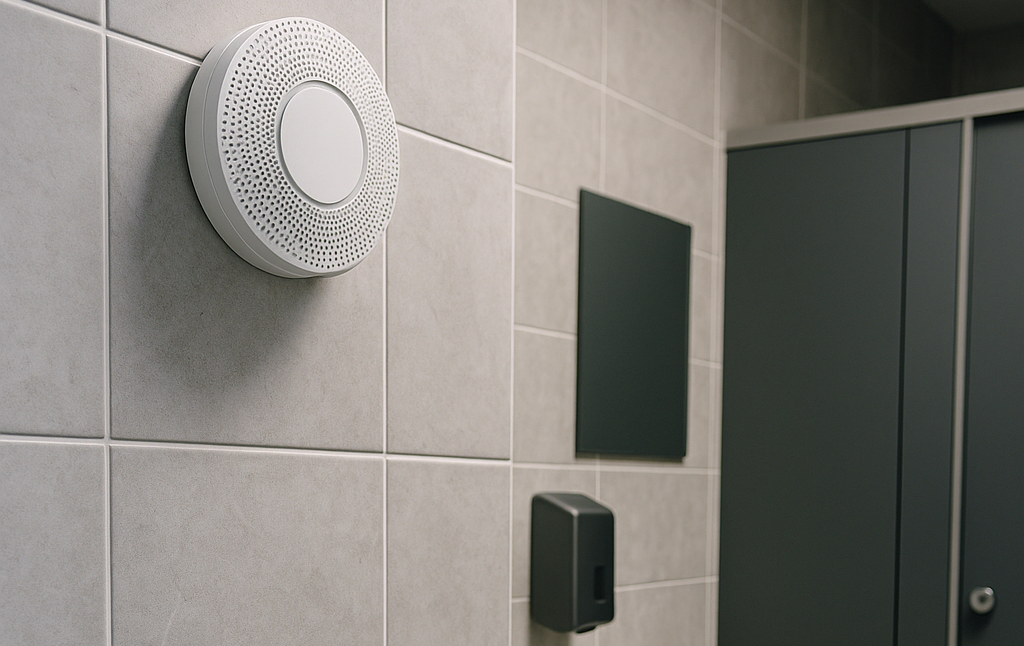
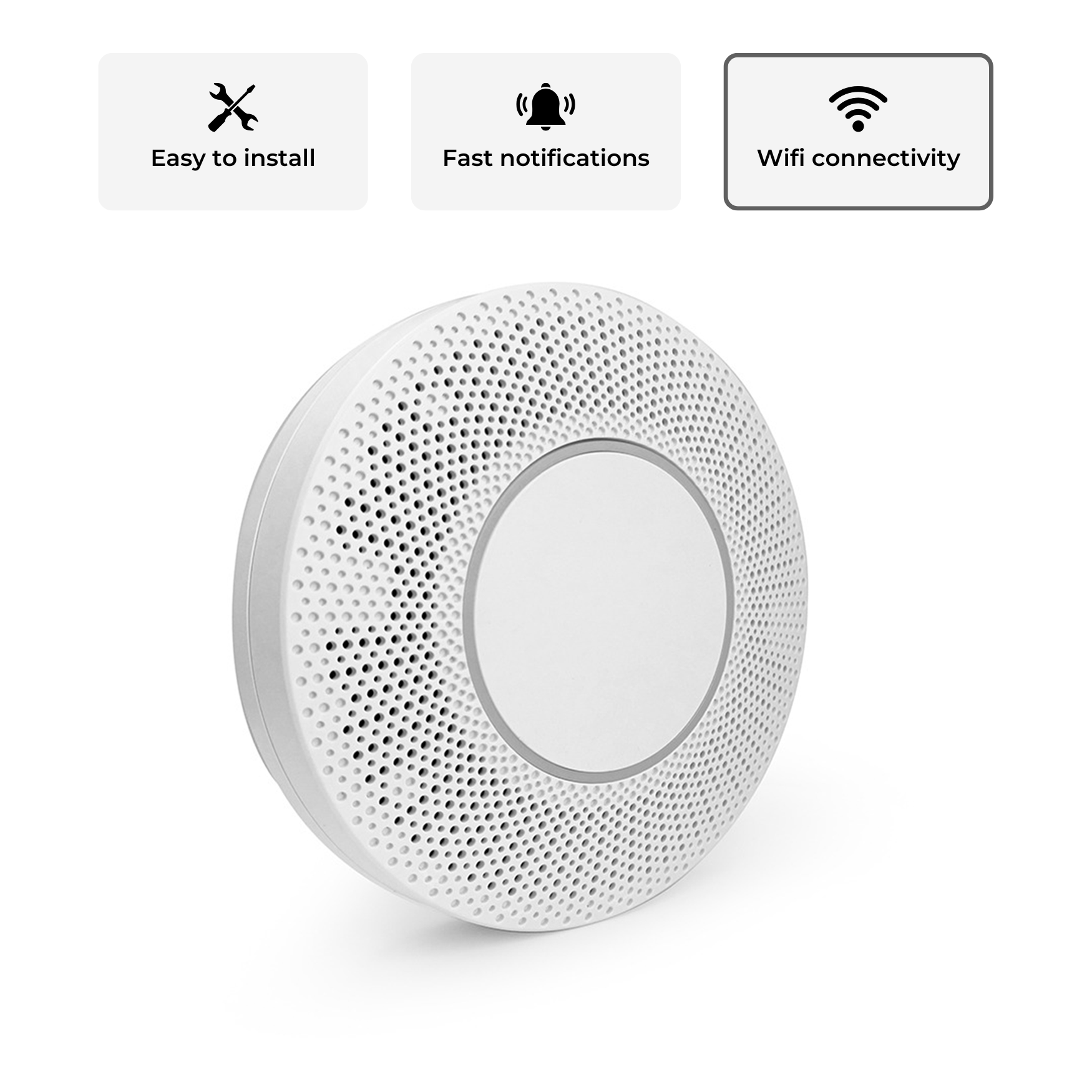
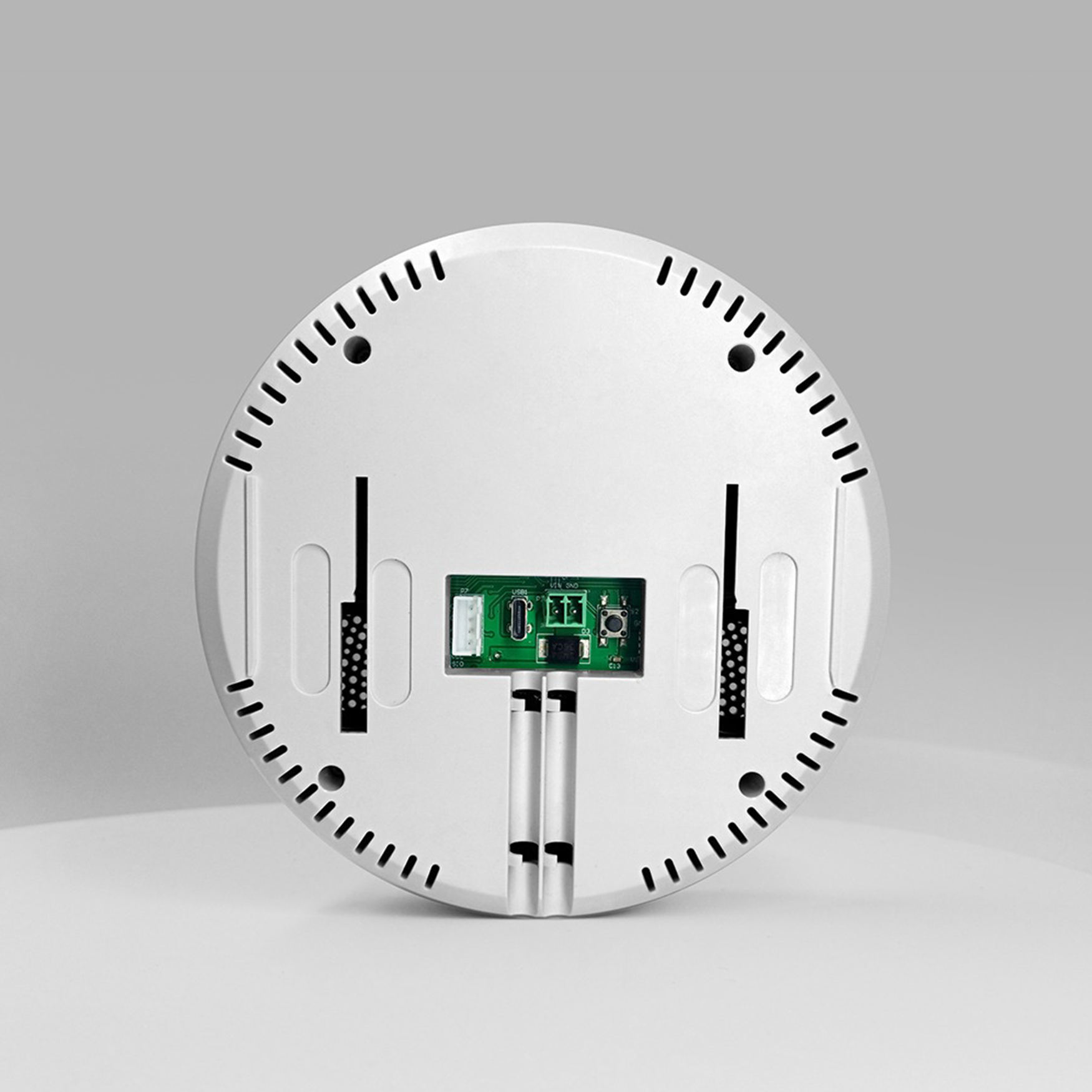
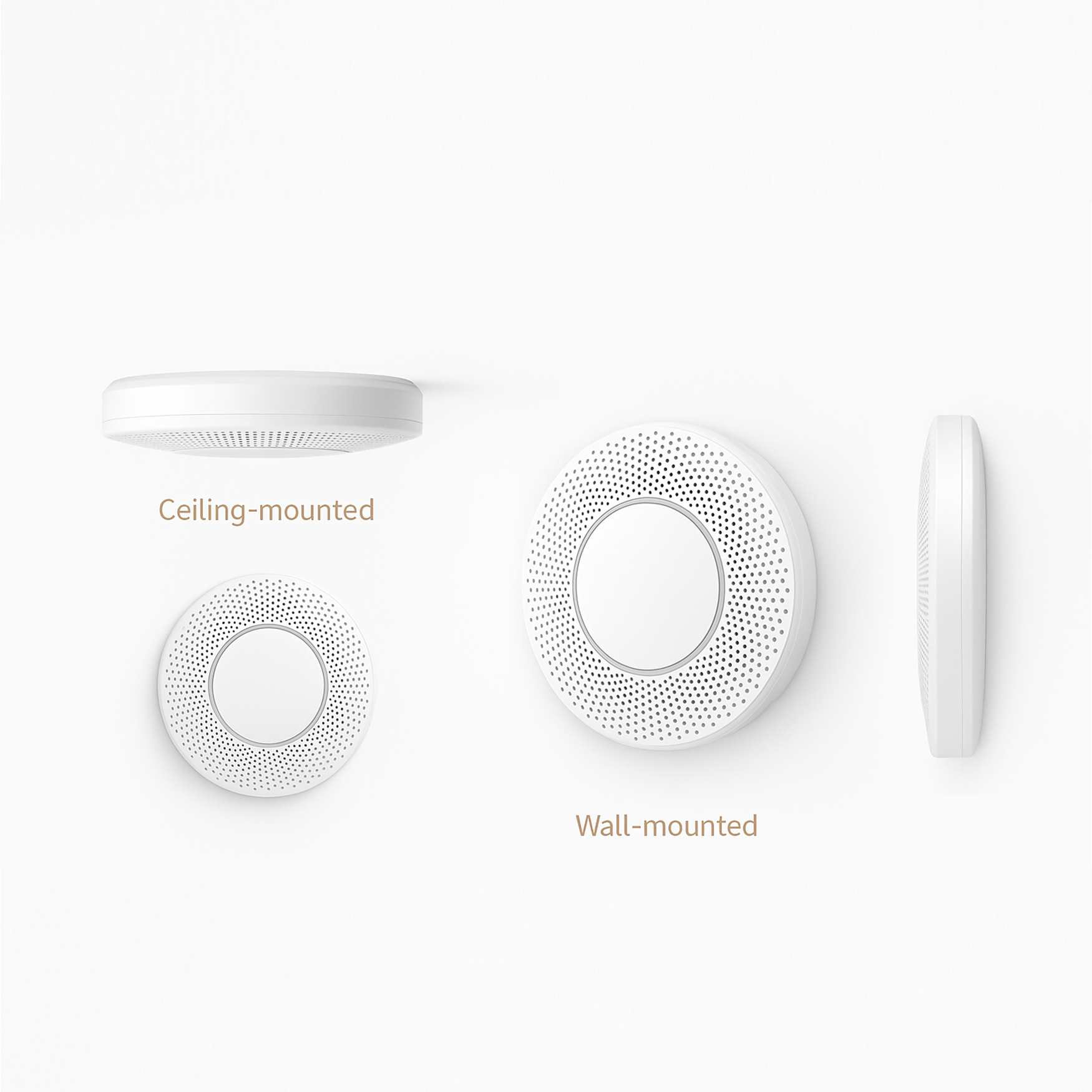
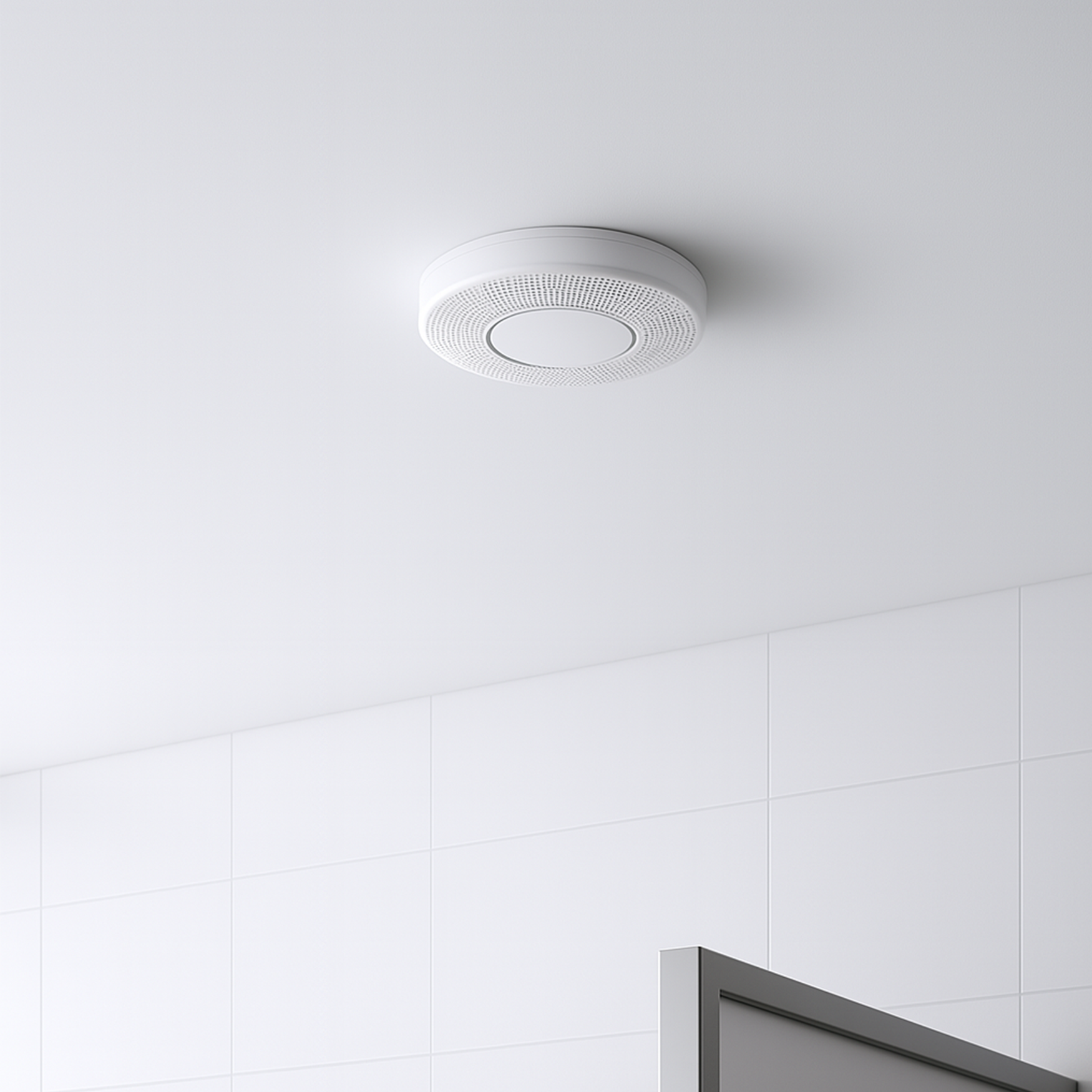
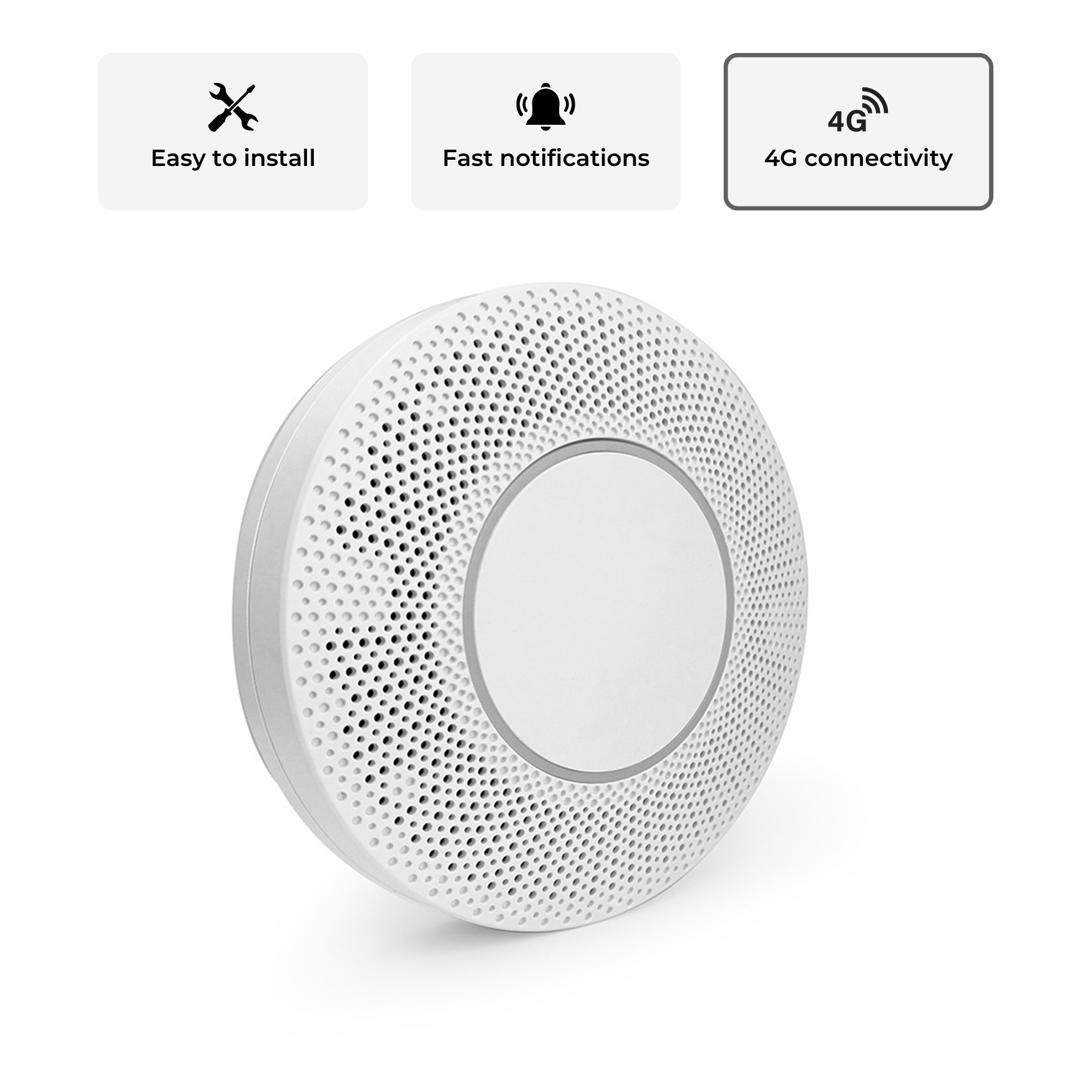
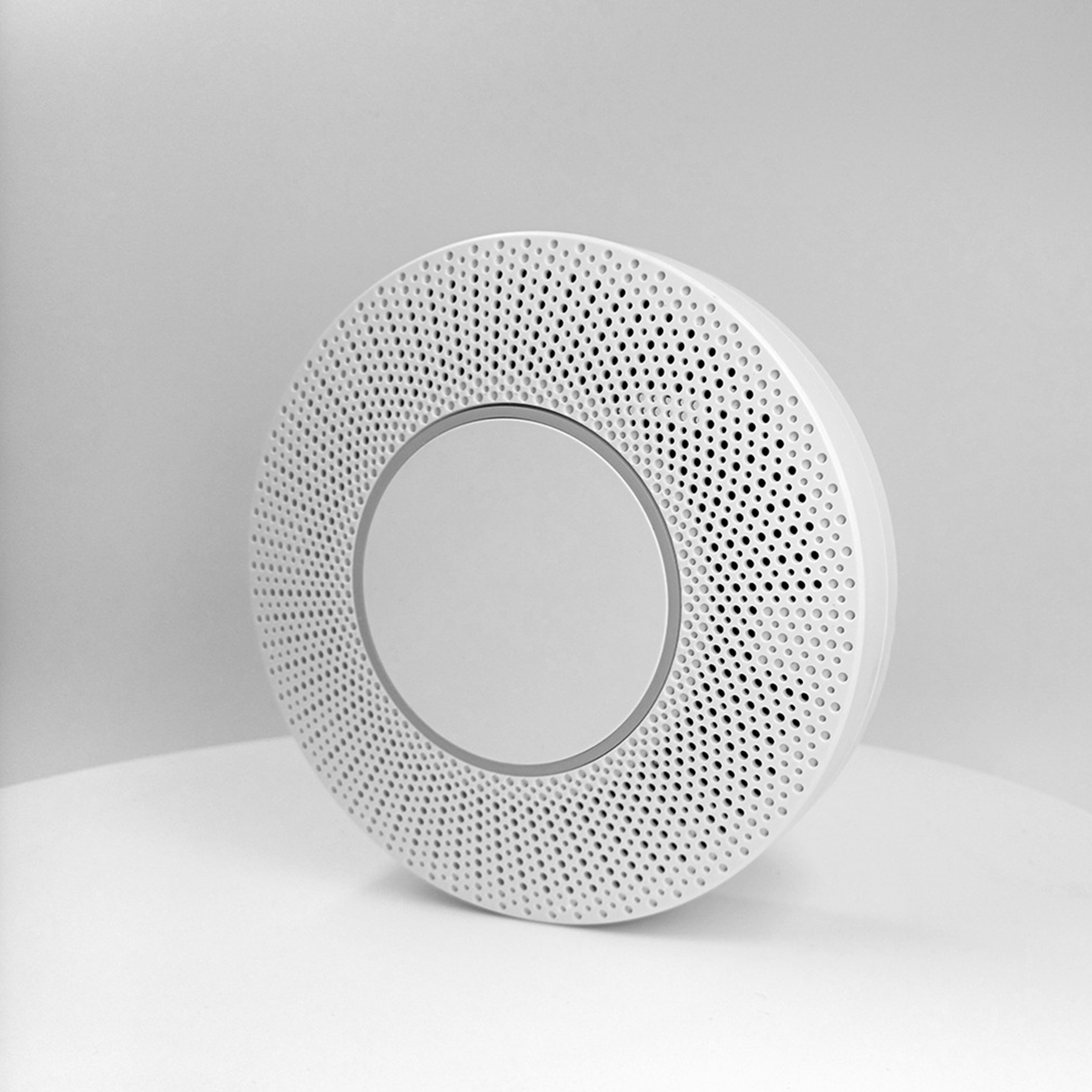
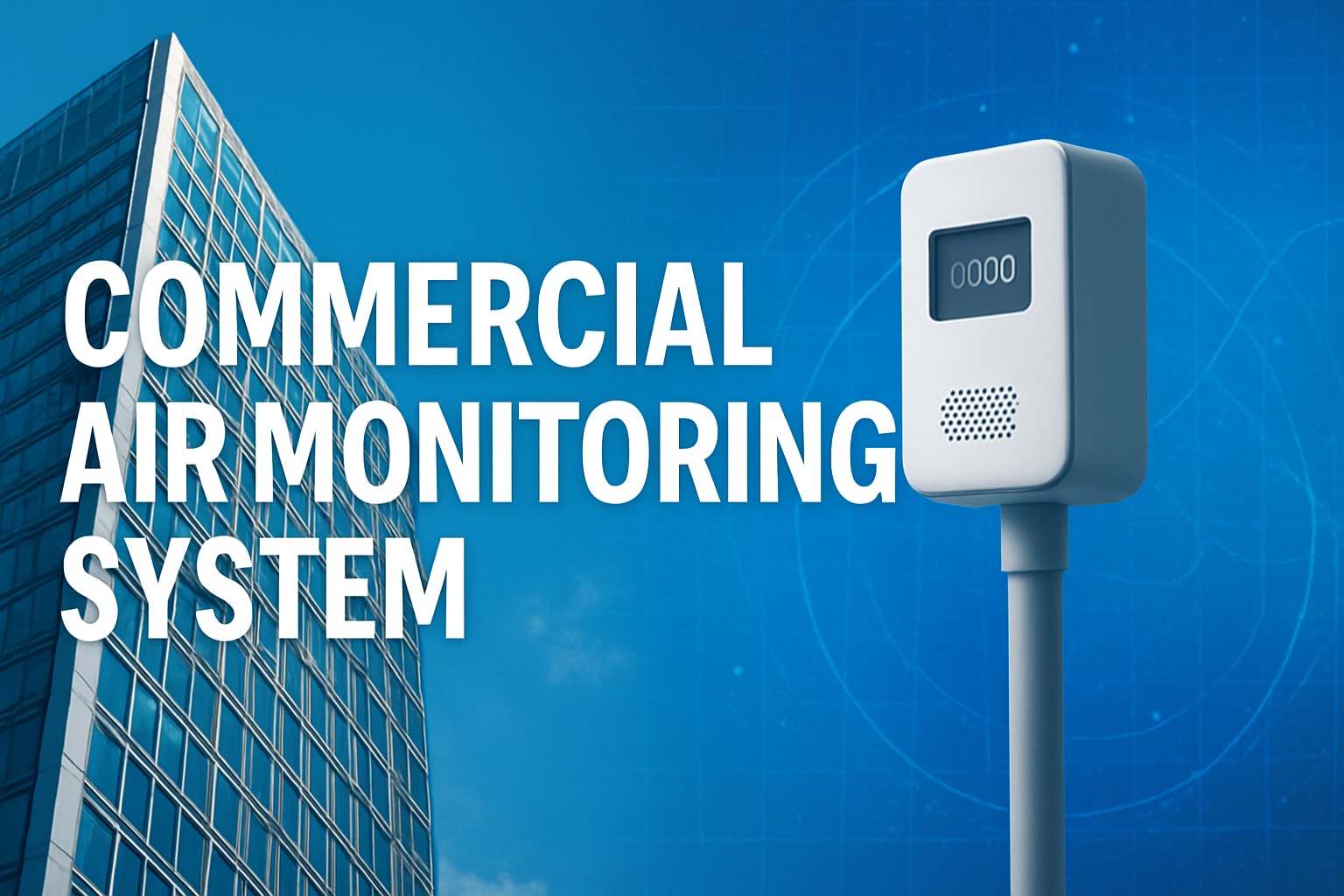

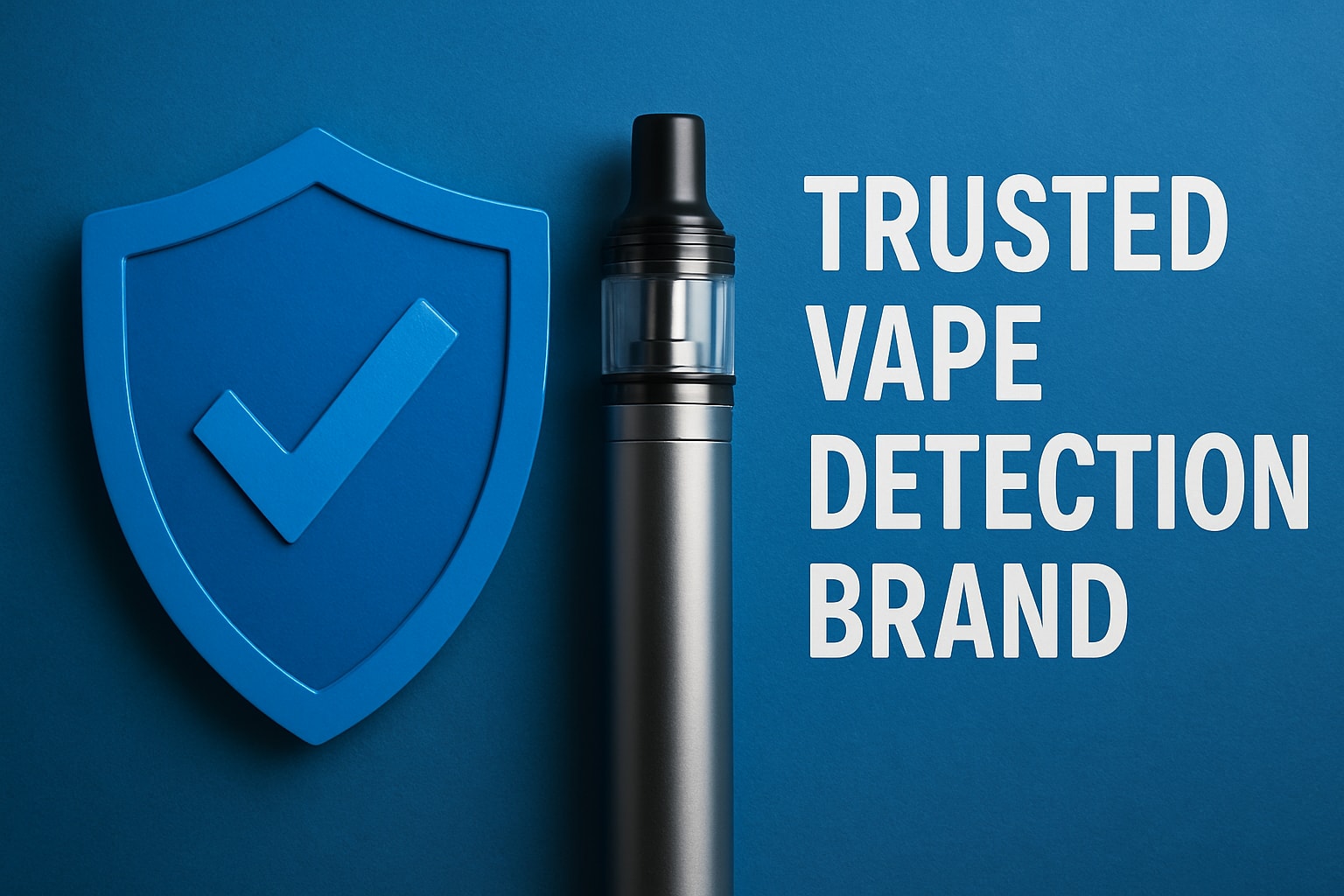
Share:
Vaping is a gateway to smoking for 1-in-3 teens
Vape Detector Cost Breakdown & ROI Calculator: What Schools Need to Know